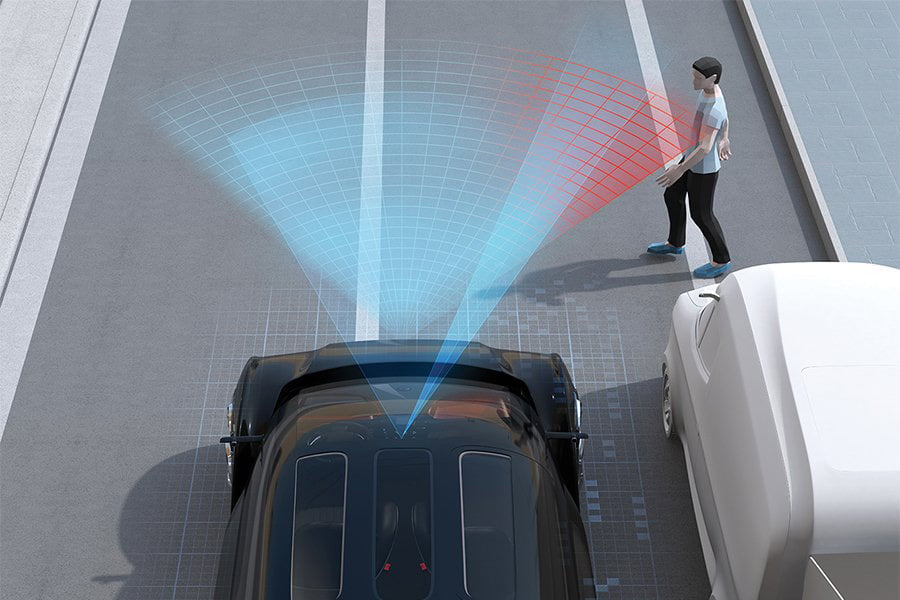How Well Do Pedestrian Detection Systems Work?

Pedestrian Detection Systems Inconsistent When Needed Most
New research from AAA reveals that automatic emergency braking systems with pedestrian detection perform inconsistently and are proven to be completely ineffective at night—an alarming result considering 75% of pedestrian fatalities occur after dark.
The systems were also challenged by real-world situations, like a vehicle turning into the path of an adult. AAA’s test found that in this simulated scenario, the systems did not react at all, colliding with the adult pedestrian target every time. For the safety of everyone on the road, AAA supports the continued development of pedestrian detection systems, specifically when it comes to improving functionality at night and in circumstances where drivers are most likely to encounter pedestrians.
“Pedestrian fatalities are on the rise, proving how important the safety impact of these systems could be when further developed,” says Greg Brannon, AAA’s director of Automotive Engineering and Industry Relations. “But our research found that current systems are far from perfect and still require an engaged driver behind the wheel.”
On average, nearly 6,000 pedestrians lose their lives each year, accounting for 16% of all traffic deaths. To compound that fact, the proportion of pedestrian deaths in comparison to all other traffic deaths has steadily increased since 2010.
Time, Location, and Speed are All Contributing Factors
Time of day and location are contributing factors to pedestrian fatalities, but vehicle speed also plays a major role. Previous research from the AAA Foundation for Traffic Safety found that pedestrians are at greater risk for severe injury or death the faster a car is traveling at the time of impact. For example, a pedestrian hit by a vehicle traveling 20 mph has an 18% risk of severe injury or death. Increase that speed to 30 mph, and the risk more than doubles to 47%. AAA’s latest study found that speed impacted pedestrian detection system performance as well with varying results between tests performed at 20 mph and 30 mph.
This new AAA study was done in partnership with the Automobile Club of Southern California’s Automotive Research Center. AAA evaluated the performance of four midsize sedans equipped with automatic emergency braking with pedestrian detection to determine the effectiveness of these systems.
For more info, visit AAA.com/PedestrianSystems.





